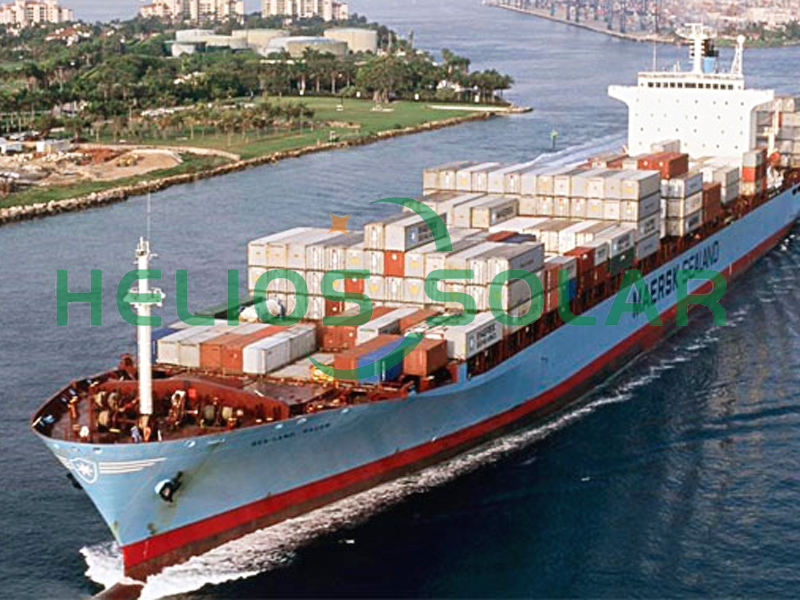Lithium iron phosphate batteries have become increasingly popular in recent years due to their high energy density, long cycle life, and excellent thermal and chemical stability. As a result, they are used in a wide range of applications, from electric vehicles and solar storage systems to portable electronic devices and power tools.
However, transporting lithium iron phosphate batteries can be a complex and challenging task as they can cause fires and explosions if not handled properly and are therefore classified as hazardous materials. In this article, we’ll explore regulations and best practices for safely and securely transporting lithium iron phosphate batteries.
The first step in shipping lithium iron phosphate batteries is to ensure that you comply with the regulations set by the relevant regulatory agencies, such as the International Air Transport Association (IATA) and the International Maritime Dangerous Goods (IMDG) rules. These regulations specify proper packaging, labeling, and documentation requirements for shipping lithium batteries, and failure to comply with these regulations can result in significant fines and legal consequences.
When shipping lithium iron phosphate batteries by air, they must be packaged according to IATA dangerous goods regulations. This typically involves placing the battery in a strong, rigid outer packaging that can withstand the rigors of air transport. Additionally, batteries must be equipped with vents to relieve pressure in the event of a failure, and they must be separated to prevent short circuits.
In addition to physical packaging requirements, lithium iron phosphate batteries must carry appropriate warning labels and documentation, such as a Shipper’s Dangerous Goods Declaration. This document is used to inform carriers and loaders of the presence of hazardous materials in a shipment and provides basic information on how to respond in an emergency.
If you are shipping lithium iron phosphate batteries by sea, you must comply with the regulations outlined in the IMDG Code. This includes packaging the batteries in a manner similar to those used for air transport, as well as ensuring the batteries are stored and secured on board the vessel to minimize the risk of damage or short circuits. In addition, shipments must be accompanied by a hazardous materials declaration and other relevant documentation to ensure the batteries are handled and transported safely.
In addition to regulatory requirements, it is also critical to consider the logistics of shipping lithium iron phosphate batteries, such as selecting a reputable and experienced carrier with a proven track record of handling hazardous materials. It is important to communicate with the carrier regarding the nature of the shipment and work with them to ensure that all necessary precautions are taken to mitigate the risks associated with shipping lithium batteries.
In addition, all personnel involved in handling and transporting lithium iron phosphate batteries must be trained and informed of the potential hazards and the correct procedures for responding to accidents or emergencies. This helps prevent accidents and ensures the battery is handled properly.
In summary, transporting lithium iron phosphate batteries requires a thorough understanding of regulations and best practices for handling and transporting hazardous goods. By complying with the requirements imposed by regulatory agencies, working with experienced carriers, and providing personnel with appropriate training, you can ensure that your lithium iron phosphate batteries are shipped safely and securely to minimize risk and maximize this Innovative and powerful advantage energy storage solutions.
Post time: Dec-08-2023


